Home>Renovation & DIY>Home Renovation Guides>How To Remove Grease From Stone Backsplash
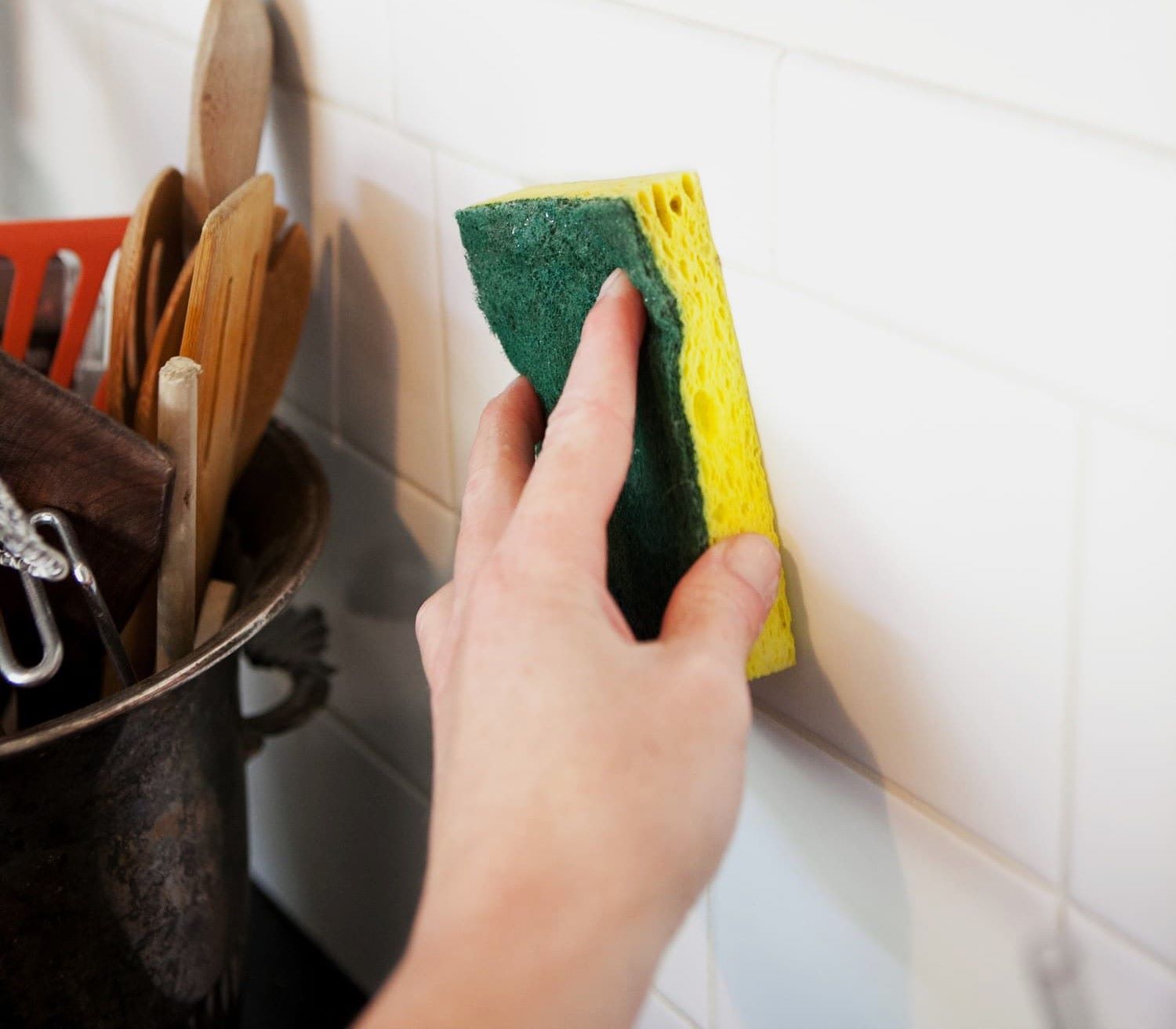

Home Renovation Guides
How To Remove Grease From Stone Backsplash
Modified: March 25, 2024
Learn effective methods for removing grease from your stone backsplash with our comprehensive home renovation guide. Keep your kitchen looking pristine and beautiful.
(Many of the links in this article redirect to a specific reviewed product. Your purchase of these products through affiliate links helps to generate commission for Storables.com, at no extra cost. Learn more)
Introduction
Dealing with grease stains on a stone backsplash can be a daunting task. Whether you're an avid home cook or simply enjoy spending time in the kitchen, the inevitable splatters and spills can leave your beautiful stone backsplash marred with unsightly grease marks. However, fret not, as there are effective methods to restore the pristine appearance of your stone backsplash. In this comprehensive guide, we will delve into the nature of grease stains on stone surfaces, common mistakes to avoid when attempting to remove them, and a step-by-step approach to banishing grease from your stone backsplash. By the end of this article, you'll be equipped with the knowledge and techniques to tackle grease stains with confidence, ensuring that your stone backsplash remains a stunning focal point in your kitchen.
Key Takeaways:
- Say goodbye to grease stains on your stone backsplash! Understand the nature of grease, avoid common mistakes, and follow a gentle step-by-step guide to restore your backsplash to its pristine beauty.
- Keep your stone backsplash grease-free! Prevent future stains with regular cleaning, protective sealants, mindful cooking practices, immediate spill cleanup, and conscious use of cooking oils.
Read more: How To Remove Grease From Backsplash
Understanding the nature of grease stains on stone backsplash
Grease stains on a stone backsplash can be particularly stubborn and unsightly. When cooking, tiny droplets of oil and grease can become airborne, landing on the nearby surfaces, including the stone backsplash. Due to the porous nature of natural stone, such as marble, granite, or travertine, these materials are susceptible to absorbing grease, leading to noticeable stains.
The molecular structure of grease allows it to penetrate the porous surface of the stone, making it challenging to remove with conventional cleaning methods. When left untreated, grease stains can not only dull the appearance of the stone but also create a breeding ground for bacteria and grime.
Furthermore, the composition of the stone itself plays a crucial role in how it interacts with grease. For instance, marble, a popular choice for backsplashes, is more prone to etching and staining compared to other types of stone. Its calcium carbonate composition reacts readily with acidic substances, including the acids present in grease, leading to discoloration and surface damage.
It's essential to recognize that attempting to remove grease stains without a thorough understanding of the stone's properties and the nature of the stains can potentially exacerbate the issue. Using harsh chemicals or abrasive cleaning tools may cause irreversible damage to the stone, compromising its integrity and aesthetic appeal.
In essence, comprehending the nature of grease stains on a stone backsplash involves acknowledging the porous nature of the stone, the molecular properties of grease, and the potential reactivity of the stone material. With this understanding, you can approach the task of removing grease stains with the appropriate techniques and products, ensuring that your stone backsplash remains pristine and free from unsightly blemishes.
Common mistakes to avoid when removing grease from stone backsplash
When faced with the task of removing grease from a stone backsplash, it's crucial to steer clear of common mistakes that can potentially worsen the situation. Understanding these pitfalls can save you from inadvertently causing damage to the stone surface and ensure a successful grease removal process.
Mistake 1: Using Abrasive Cleaners
One of the most prevalent errors when tackling grease stains on a stone backsplash is the use of abrasive cleaners. While it may be tempting to resort to harsh scrubbing pads and abrasive chemicals to tackle stubborn grease, these can cause irreversible damage to the stone. Abrasive cleaners can scratch the surface of the stone, leading to a dull and uneven appearance. Additionally, they can strip away the protective sealant, leaving the stone vulnerable to further staining and deterioration.
Mistake 2: Ignoring the Porous Nature of Stone
Overlooking the porous nature of stone is another common misstep. Natural stone, such as marble and granite, has microscopic pores that can absorb liquids, including grease. Failing to recognize this characteristic may result in ineffective cleaning, as the grease may have penetrated deep into the stone. Simply wiping the surface without addressing the underlying grease within the pores can lead to recurring stains and a perpetually unsightly backsplash.
Read more: How To Remove Grease From Granite Backsplash
Mistake 3: Using Acidic or Alkaline Cleaners
Employing acidic or alkaline cleaners without understanding their impact on the specific type of stone is a critical mistake. While certain acidic or alkaline cleaners may be effective for removing grease on non-porous surfaces, they can etch and damage natural stone. For instance, using vinegar or lemon juice to combat grease stains on marble can lead to discoloration and surface deterioration. It's essential to use pH-neutral cleaners specifically formulated for natural stone to avoid causing harm.
Mistake 4: Neglecting Regular Sealing
Failing to maintain the protective sealant on the stone backsplash is a common oversight. The sealant acts as a barrier, preventing liquids and grease from seeping into the stone. Over time, this sealant can wear off, leaving the stone vulnerable to staining. Neglecting to reapply the sealant at regular intervals can result in persistent grease stains and diminished resistance to future staining.
Mistake 5: Rushing the Cleaning Process
Attempting to rush through the cleaning process is a mistake that can compromise the effectiveness of grease removal. Properly addressing grease stains on a stone backsplash requires patience and thoroughness. Hastily wiping the surface or using quick-fix cleaning methods may leave behind residual grease, leading to incomplete stain removal and the potential for recontamination.
By avoiding these common mistakes, you can approach the task of removing grease from a stone backsplash with confidence and precision, ensuring that the integrity and beauty of the stone surface are preserved.
Step-by-step guide to removing grease from stone backsplash
Read more: How To Protect Backsplash From Grease
Step 1: Assess the Severity of the Grease Stains
Begin by assessing the severity of the grease stains on your stone backsplash. Determine whether the stains are superficial or have penetrated deeply into the stone. This initial assessment will guide the intensity of the cleaning approach required.
Step 2: Prepare a Gentle Cleaning Solution
Create a gentle cleaning solution by mixing a small amount of pH-neutral dish soap with warm water. Avoid using acidic or alkaline cleaners, as they can damage the stone. The mild soap solution will help emulsify the grease without compromising the integrity of the stone surface.
Step 3: Apply the Cleaning Solution
Dampen a soft, non-abrasive cloth or sponge with the prepared cleaning solution. Gently apply the solution to the grease-stained areas of the stone backsplash. Allow the solution to sit on the stains for a few minutes to effectively loosen the grease.
Step 4: Gentle Scrubbing
Using a gentle circular motion, lightly scrub the grease-stained areas with the damp cloth or sponge. Avoid applying excessive pressure, as this can inadvertently push the grease further into the stone or cause surface damage. Continue scrubbing until the grease begins to lift from the stone surface.
Read more: How To Remove Grease From Glass
Step 5: Rinse Thoroughly
After scrubbing, rinse the cloth or sponge thoroughly to remove any residual grease and cleaning solution. Then, dampen the cloth with clean water and gently wipe the entire stone backsplash to remove any remaining traces of the cleaning solution.
Step 6: Dry the Stone Backsplash
Use a soft, dry cloth to thoroughly dry the stone backsplash. Ensure that no moisture is left on the surface, as lingering water droplets can attract more grease and lead to water spots on the stone.
Step 7: Evaluate the Results
Inspect the stone backsplash to assess the effectiveness of the cleaning process. If any grease stains persist, consider repeating the gentle cleaning steps or employing a specialized stone cleaner formulated to target grease and oil residues.
Step 8: Reapply Sealant (If Necessary)
If the stone backsplash is due for resealing, consider applying a high-quality stone sealant to enhance its resistance to future grease stains. Follow the manufacturer's instructions for proper application and drying times.
By following this step-by-step guide, you can effectively remove grease from your stone backsplash without compromising its beauty and structural integrity. This meticulous approach ensures that your stone backsplash remains a stunning focal point in your kitchen, free from the unsightly blemishes of grease stains.
Read more: How To Remove Grease From A Patio
Preventing future grease stains on stone backsplash
Preventing future grease stains on your stone backsplash is essential for maintaining its pristine appearance and prolonging its longevity. By implementing proactive measures and incorporating preventive strategies into your kitchen routine, you can effectively safeguard your stone backsplash from recurring grease stains. Here's a comprehensive approach to preventing future grease stains on your stone backsplash:
Regular Cleaning and Maintenance
Consistent cleaning and maintenance play a pivotal role in preventing grease buildup on your stone backsplash. Establish a routine for wiping down the backsplash after cooking to remove any splatters or residue. Use a mild, pH-neutral cleaner specifically formulated for natural stone to gently clean the surface without compromising its integrity. Regular maintenance not only prevents grease from accumulating but also preserves the natural beauty of the stone.
Protective Sealant Application
Applying a high-quality sealant to your stone backsplash creates a protective barrier against grease penetration. The sealant acts as a shield, preventing grease and other liquids from seeping into the porous surface of the stone. Ensure that the sealant is applied according to the manufacturer's recommendations and reapply it at the recommended intervals to maintain its effectiveness. A well-sealed stone backsplash is inherently more resistant to grease stains and easier to clean.
Mindful Cooking Practices
Mindful cooking practices can significantly reduce the occurrence of grease splatters on your stone backsplash. Utilize splatter guards or lids when cooking with oil or frying to contain the grease within the cooking vessel. Positioning cooking appliances strategically and maintaining a safe distance between the cooktop and the stone backsplash can minimize the likelihood of grease reaching the stone surface. Additionally, being attentive while cooking and avoiding excessive oil splattering can contribute to a cleaner and grease-free backsplash.
Read more: How To Grout Stone Backsplash
Immediate Spill Cleanup
Promptly addressing spills and splatters is crucial in preventing grease from settling on your stone backsplash. Keep a soft cloth or sponge handy to swiftly wipe away any grease that lands on the backsplash during cooking. By addressing spills immediately, you can prevent the grease from adhering to the stone surface and minimize the potential for stubborn stains.
Conscious Use of Cooking Oils
Mindful selection and use of cooking oils can impact the frequency of grease stains on your stone backsplash. Opt for cooking oils with lower smoke points to reduce the likelihood of excessive splattering and airborne grease. Additionally, using oil dispensers with precision spouts can help control the amount of oil dispensed, minimizing unintentional spills and splatters.
By integrating these preventive measures into your kitchen maintenance routine and cooking practices, you can effectively mitigate the risk of future grease stains on your stone backsplash. Proactive care and mindfulness not only preserve the aesthetic appeal of the stone but also contribute to a cleaner and more hygienic kitchen environment.
Conclusion
In conclusion, the battle against grease stains on a stone backsplash is a conquerable challenge when armed with the right knowledge and techniques. Understanding the porous nature of natural stone, the molecular properties of grease, and the potential pitfalls of common cleaning mistakes is paramount in achieving successful grease removal without compromising the integrity of the stone surface.
By recognizing the susceptibility of stone to grease penetration and the potential reactivity of specific stone materials, homeowners can approach the task of removing grease stains with precision and confidence. The step-by-step guide outlined in this comprehensive article provides a meticulous approach to banishing grease from a stone backsplash, ensuring that the beauty and structural integrity of the stone are preserved.
Furthermore, the preventive strategies highlighted in this guide empower homeowners to proactively safeguard their stone backsplash from future grease stains. From regular cleaning and maintenance to the mindful application of protective sealants, these preventive measures contribute to a cleaner, more hygienic kitchen environment while preserving the natural allure of the stone.
Ultimately, maintaining a pristine stone backsplash free from unsightly grease stains enhances the overall aesthetic of the kitchen and elevates the culinary experience. By implementing the insights and techniques presented in this guide, homeowners can enjoy a stunning stone backsplash that serves as a focal point of elegance and functionality in their kitchen.
In essence, the journey to a grease-free stone backsplash is not only achievable but also rewarding. With a blend of knowledge, care, and proactive measures, homeowners can ensure that their stone backsplash remains a timeless and captivating feature, free from the blemishes of grease stains.
Frequently Asked Questions about How To Remove Grease From Stone Backsplash
Was this page helpful?
At Storables.com, we guarantee accurate and reliable information. Our content, validated by Expert Board Contributors, is crafted following stringent Editorial Policies. We're committed to providing you with well-researched, expert-backed insights for all your informational needs.
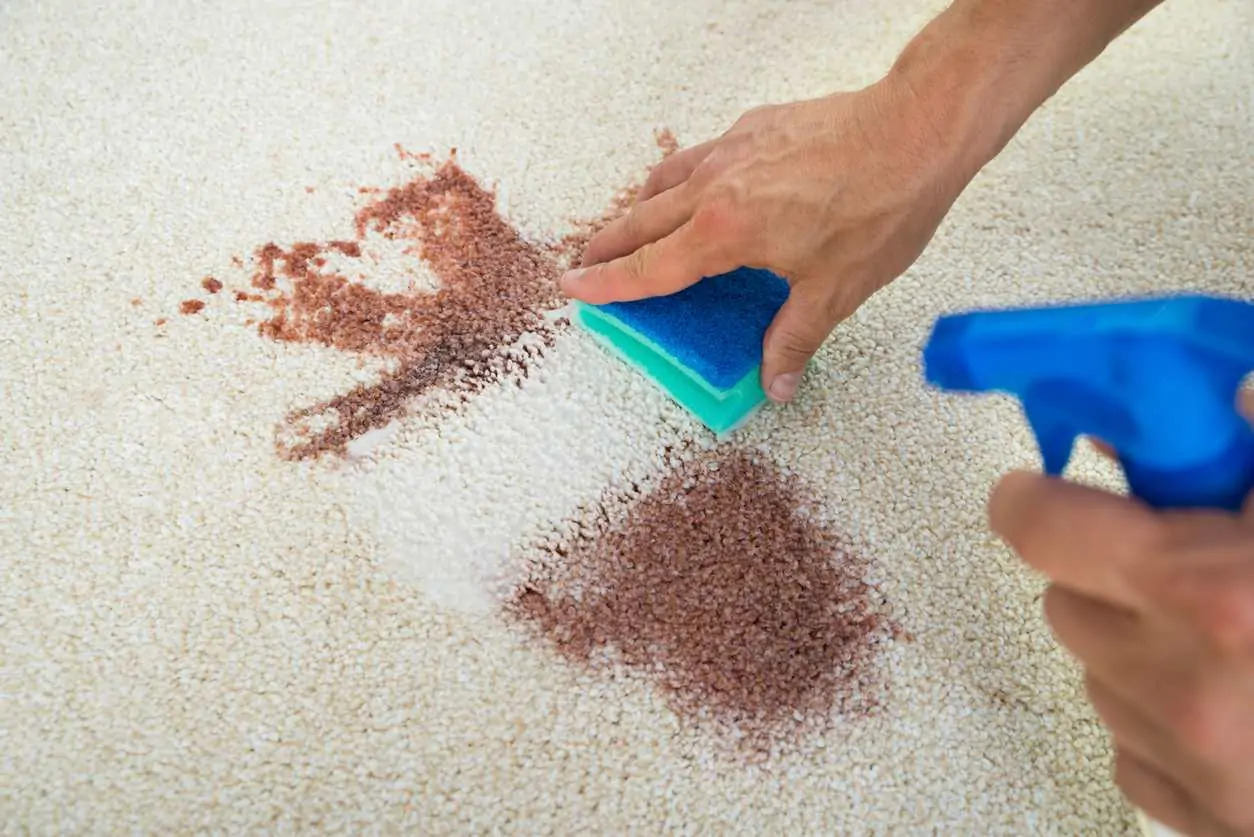
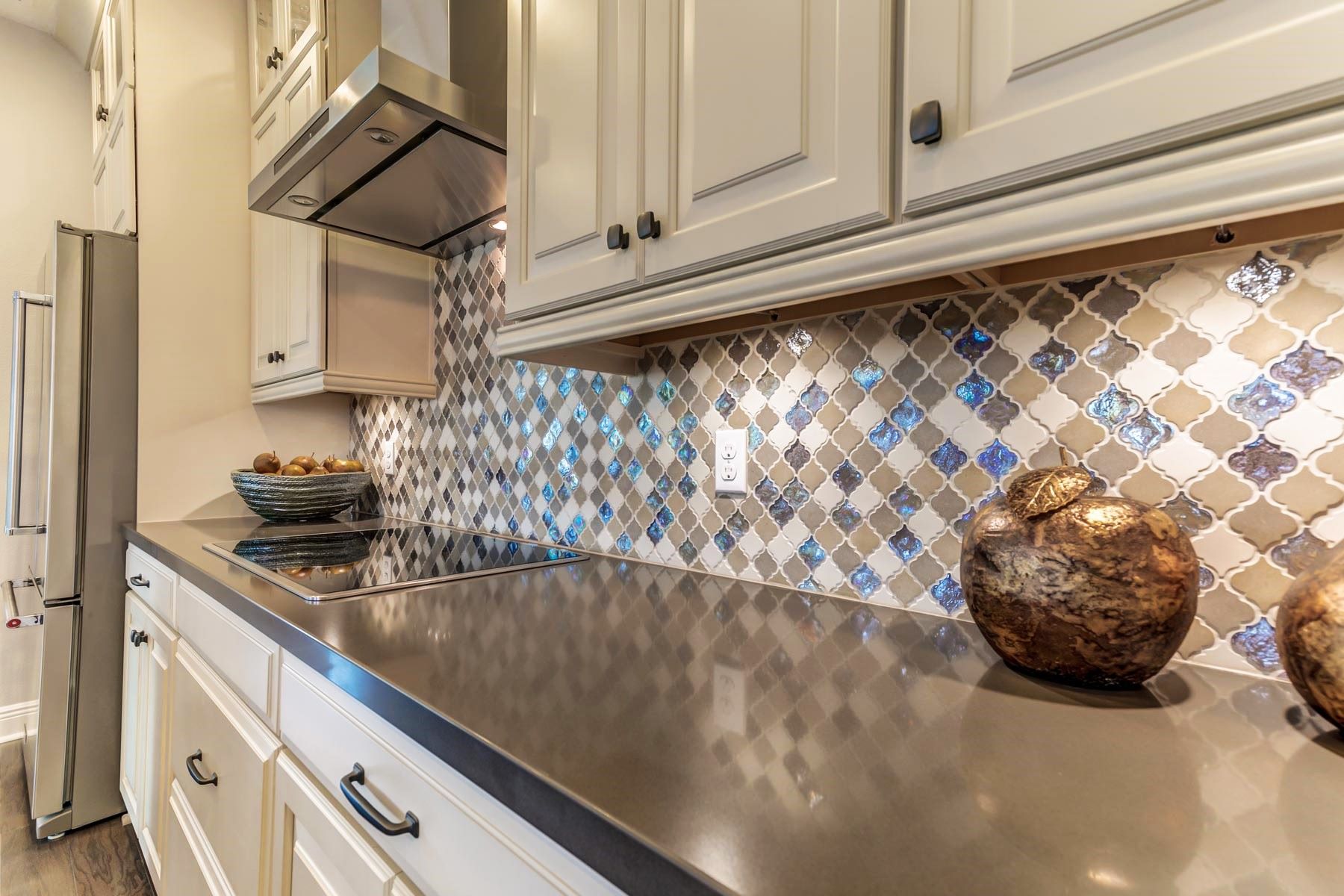
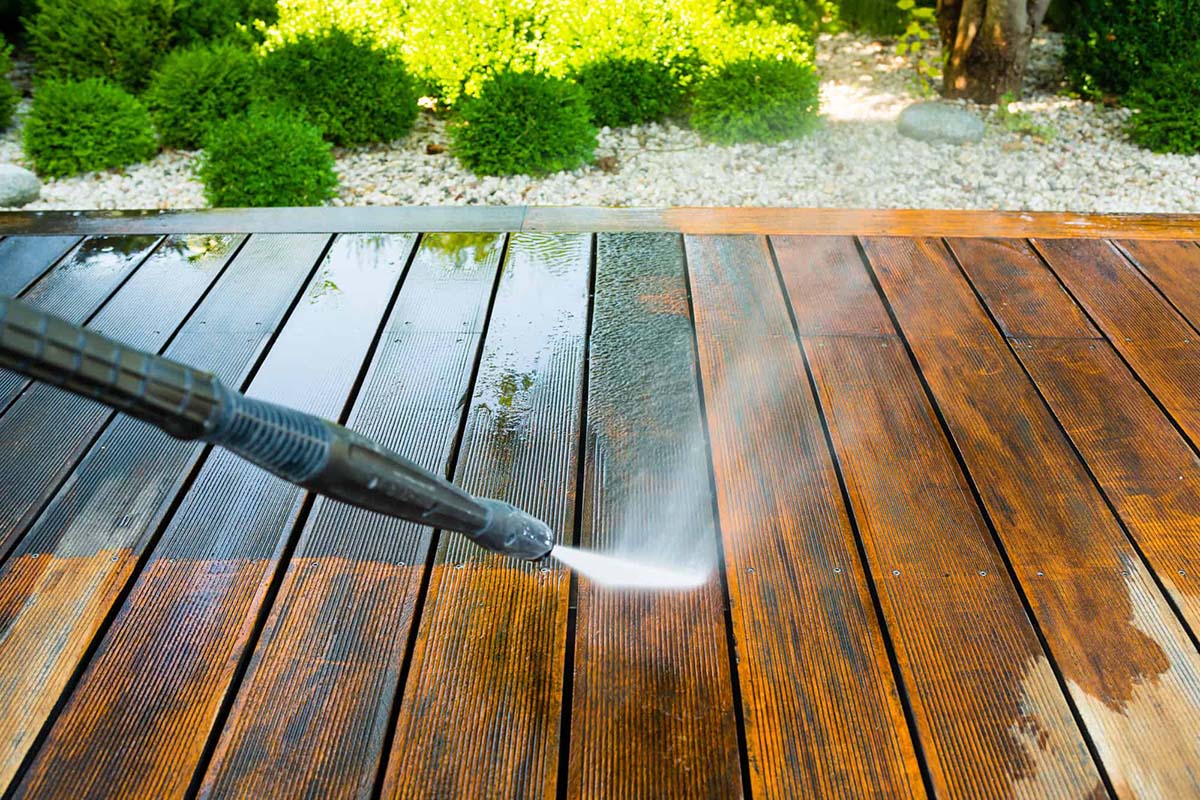
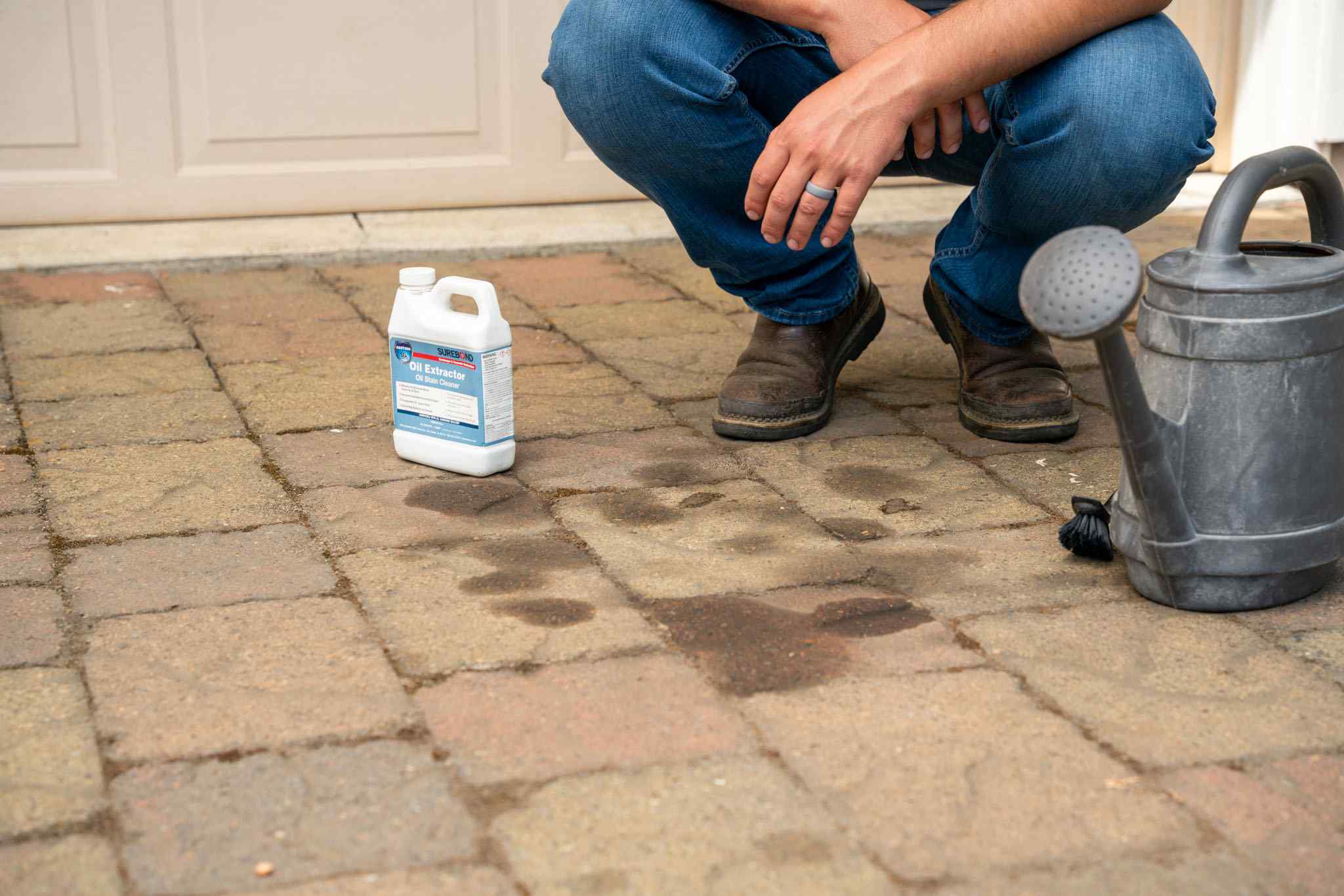
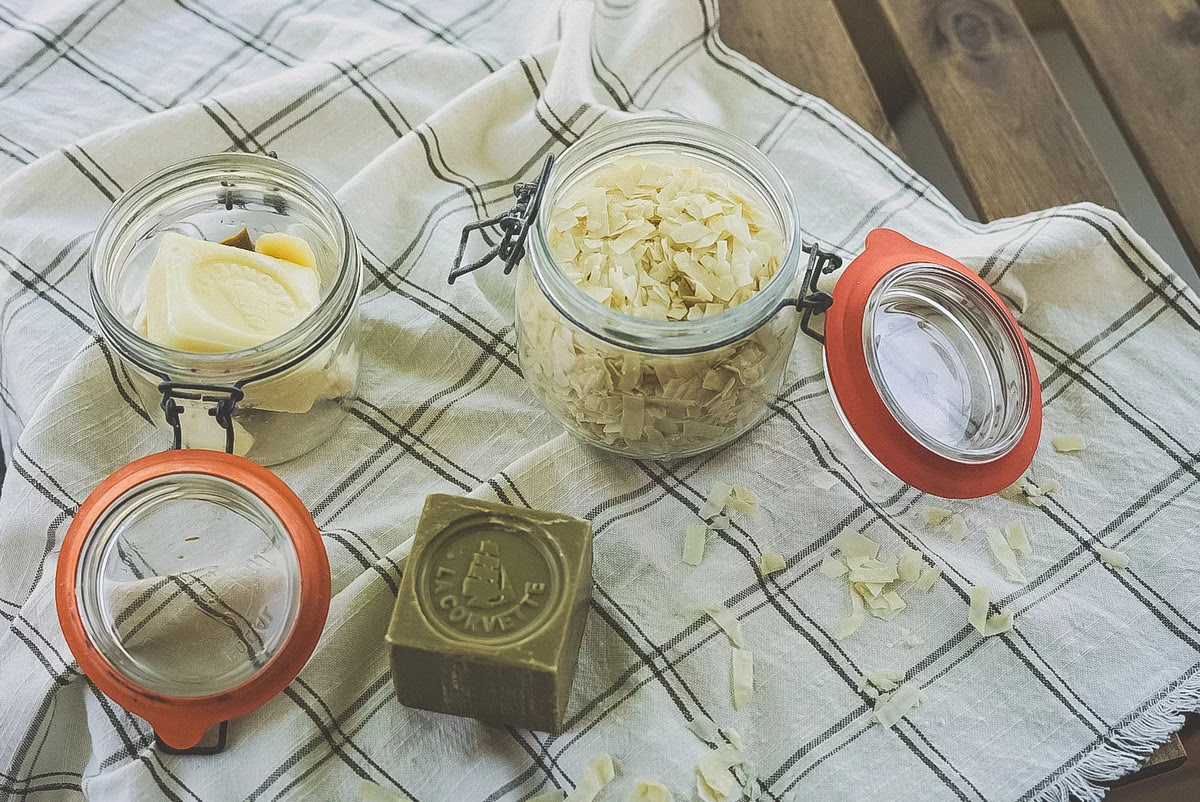

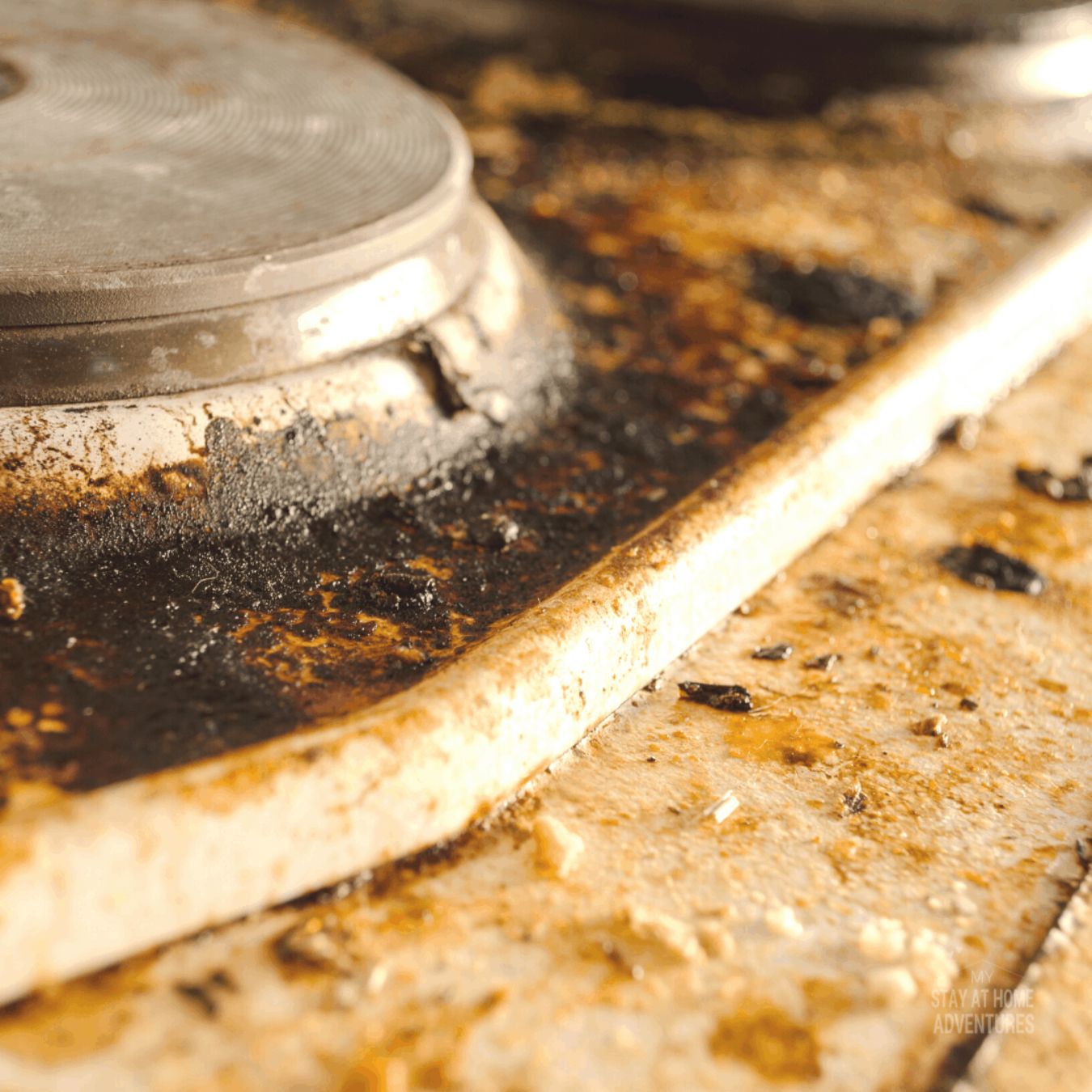
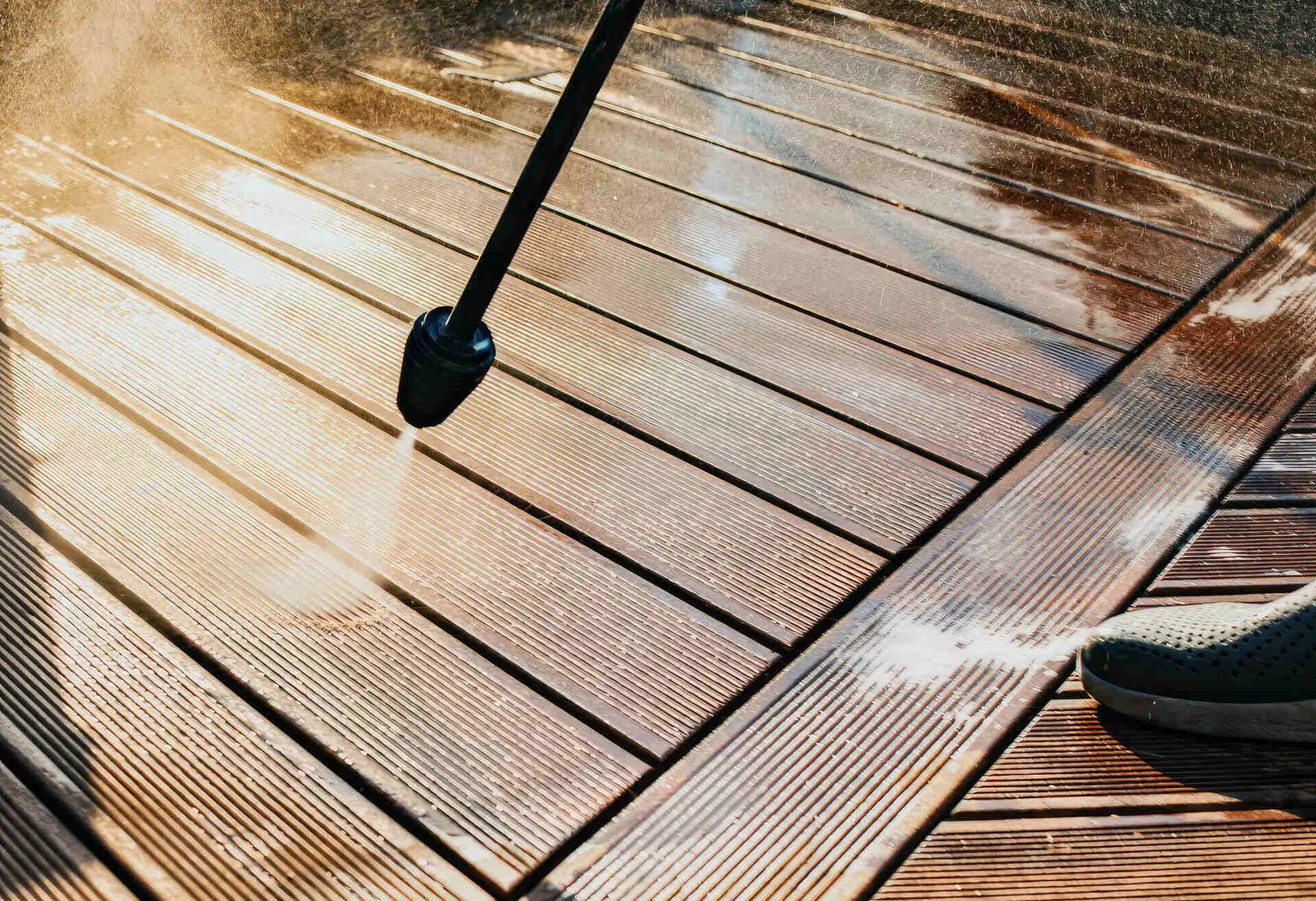
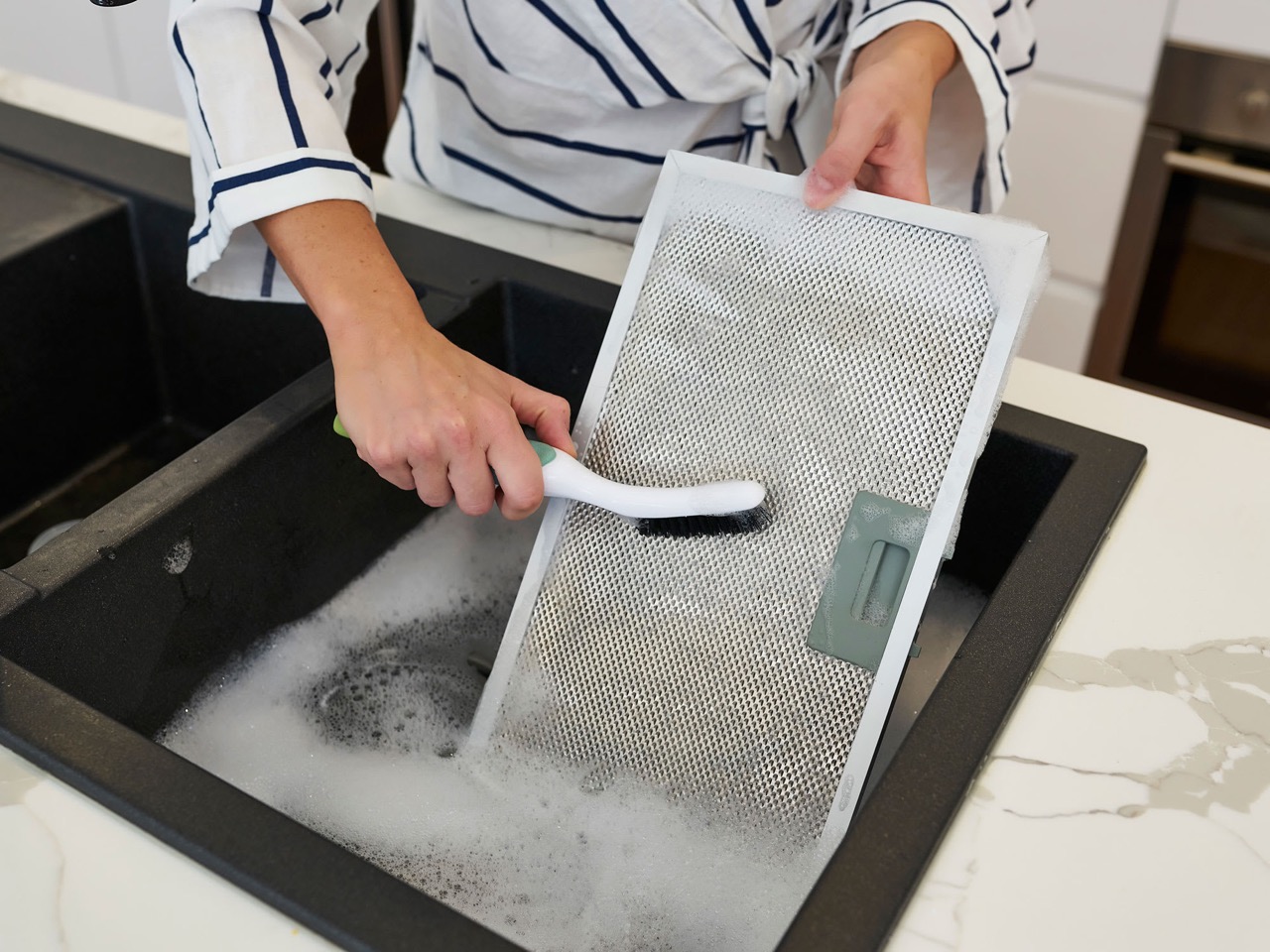
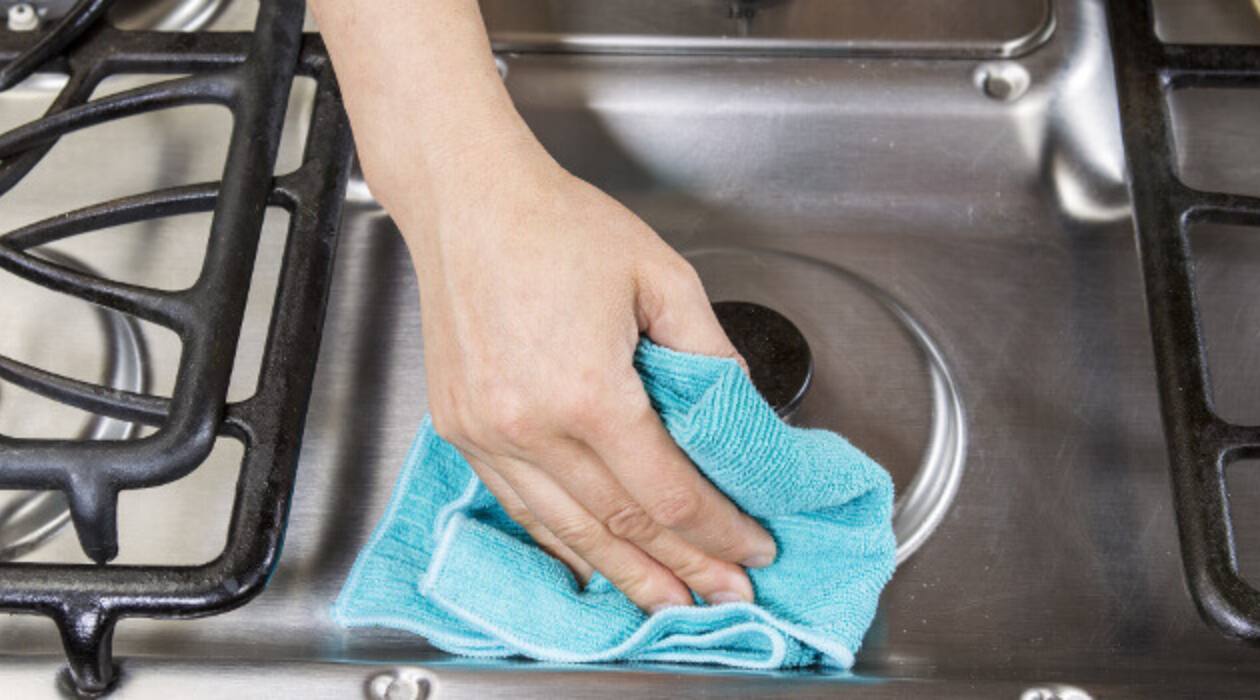

0 thoughts on “How To Remove Grease From Stone Backsplash”